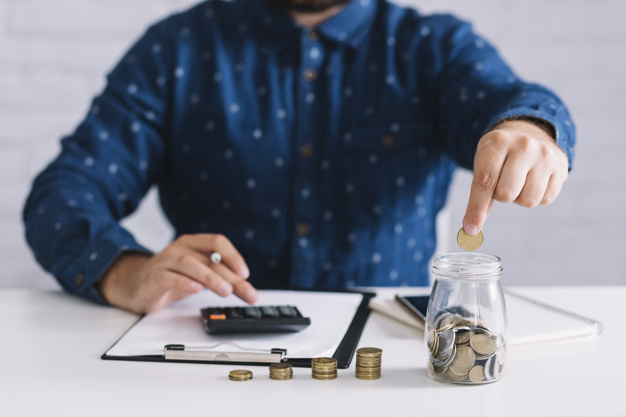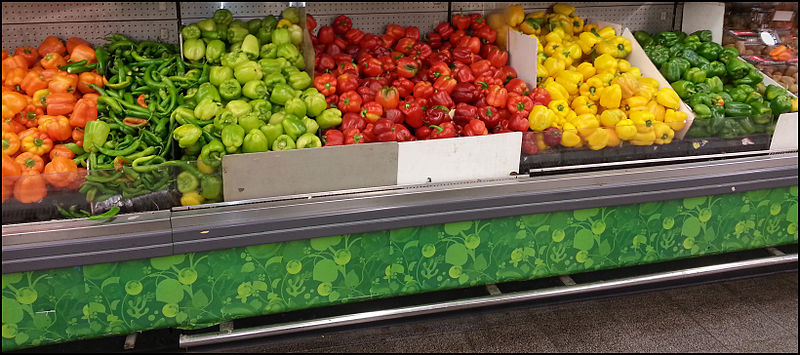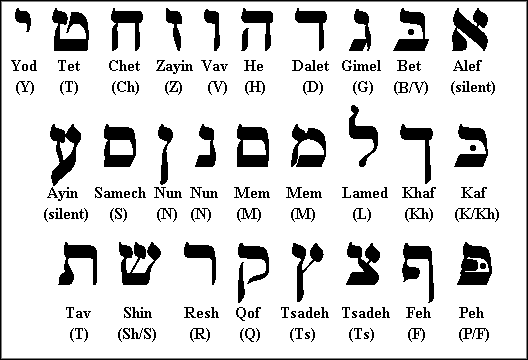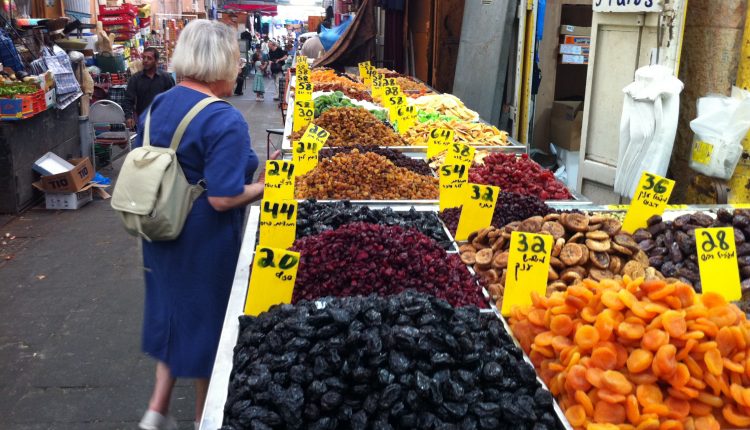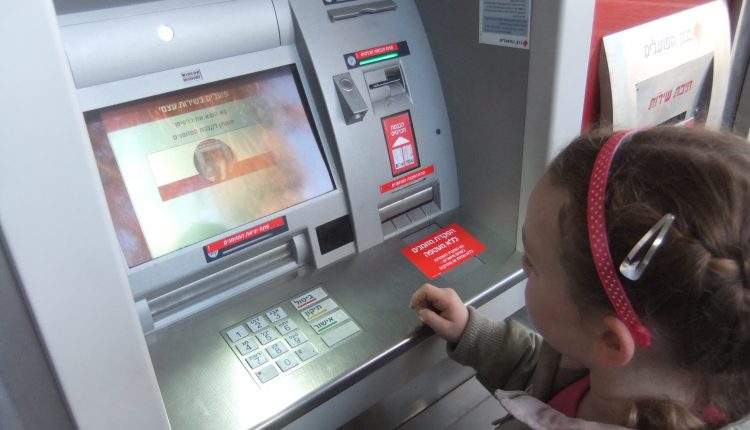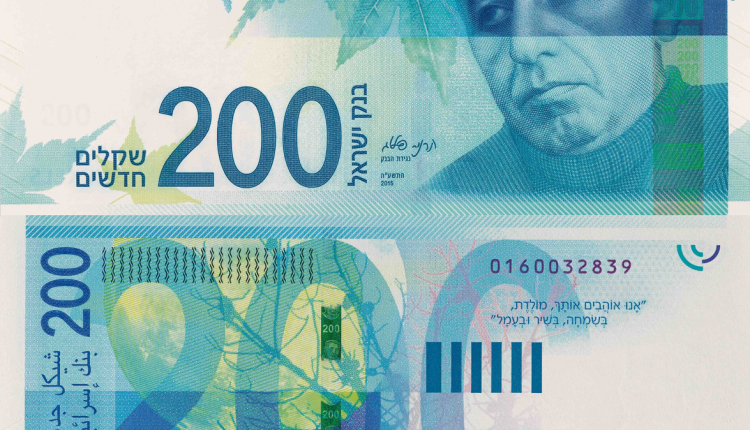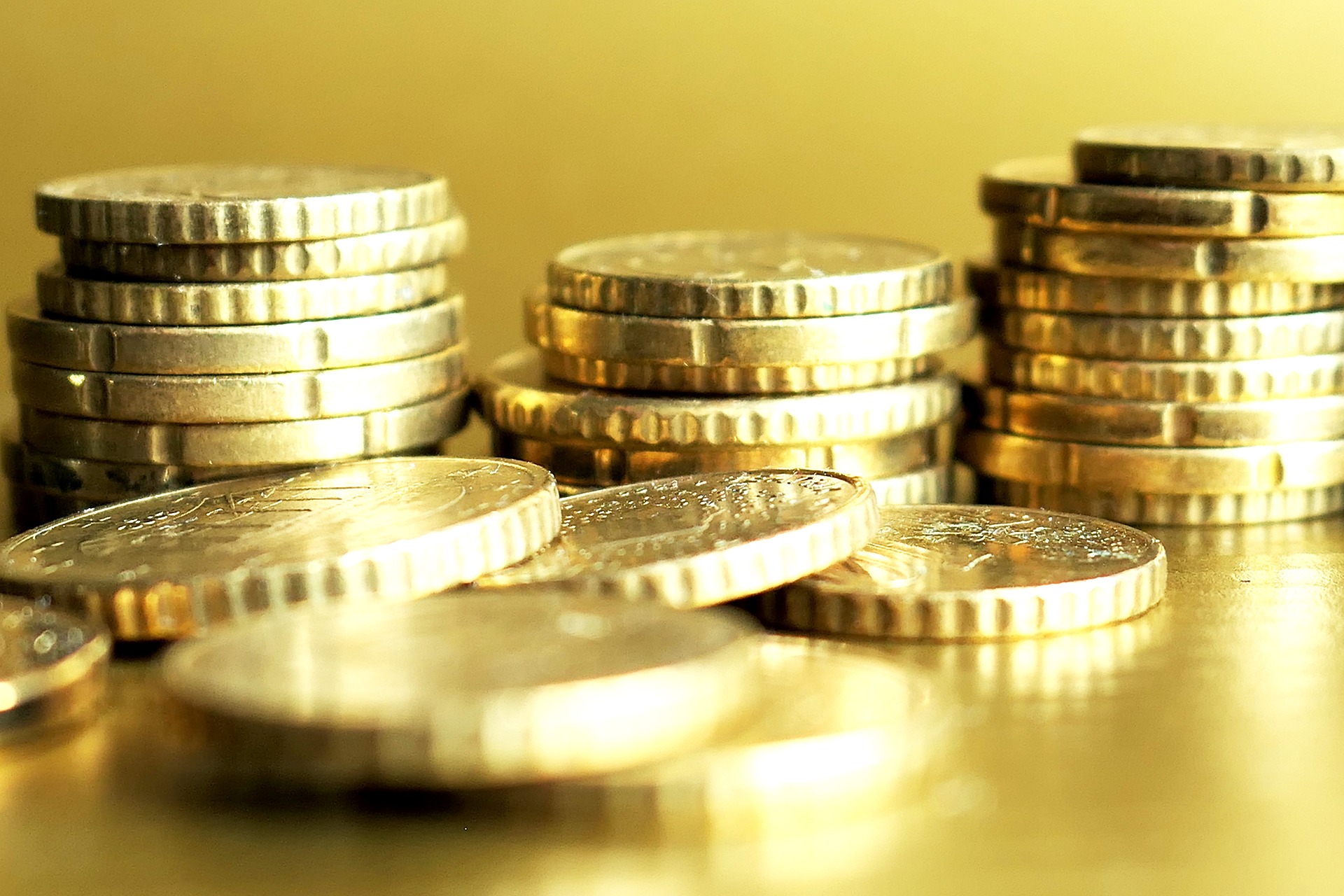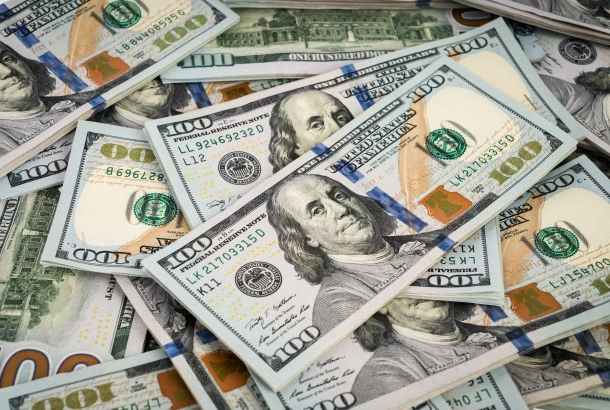Israel is a wonderful country to visit. Whether it is the beautiful Mediterranean coastline, the religious landmarks, and historical sites, or the people themselves, there is always something to check out in Israel. However, it is no secret that Israel is not a cheap place to visit. The country is quite expensive by any measure so travelers would be well-advised o save money wherever they can. Whether it is currency conversions, the price of food itself, or accommodations, Israel tends to empty your wallet. What follows are some tips for saving money during your time in the Holy Land. Hopefully, by utilizing these you will be able to extend your stay in Israel or come home with a little bit more money.
1. Buy a RavKav:
Image Source: upload.wikimedia.org
Instead of buying bus tickets from the driver, you’ll save money by purchasing a RavKav, which you can swipe on most forms of public transportation in Israel. You’ll save money on Egged buses and on the light rail in Jerusalem, plus you won’t have to dig for coins each time you get on the bus.
2. Don’t Negotiate with Taxi Drivers:
Image Source: upload.wikimedia.org
There’s no way to come out on top when bargaining with the notorious Israeli taxi drivers. Instead, insist to the driver that he turn on the meter, and let that dictate the price of your journey.
3. Work out your Communication needs before leaving:
No matter what country you’re in, people will look to take advantage of travelers who failed to make all their necessary preparations back home. For this reason, it is imperative that you take care of your telecom needs before you leave for Israel. Renting a SIM card for Israel or domestic cell phone is a good way to go.
4. Supermarkets over Makolets:
Image Source: commons.wikimedia.org
The local makolet on your school’s street corner might be the most convenient place to shop, but everything will cost a lot more than at a larger supermarket. Do yourself a favor and avoid doing your heavy shopping there.
5. Street Food Instead of Restaurants:
Image Source: upload.wikimedia.org
With cheap hummus and shawarma widely available throughout the country, you’re never far from a tasty and inexpensive meal. Use this to your advantage and avoid eating out in expensive restaurants.
6. Improve your Hebrew:
Image Source: upload.wikimedia.org
It doesn’t matter if you’re dealing with the cellphone company, the bank, or your local pharmacy. It’s always more effective when you’re negotiating in Hebrew, and if you don’t speak the language well, try to bring someone along who does.
7. Avoid American Food Products:
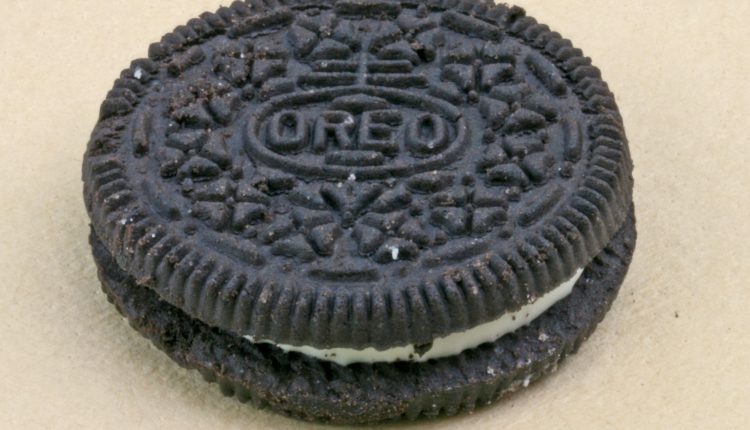
Your favorite cereals and snacks at home are going to be extremely overpriced in Israeli stores, so for extra savings go with an Israeli brand. You’ll save money and get a better feel for what Israelis are eating!
8. Buy a Reusable Water Bottle:
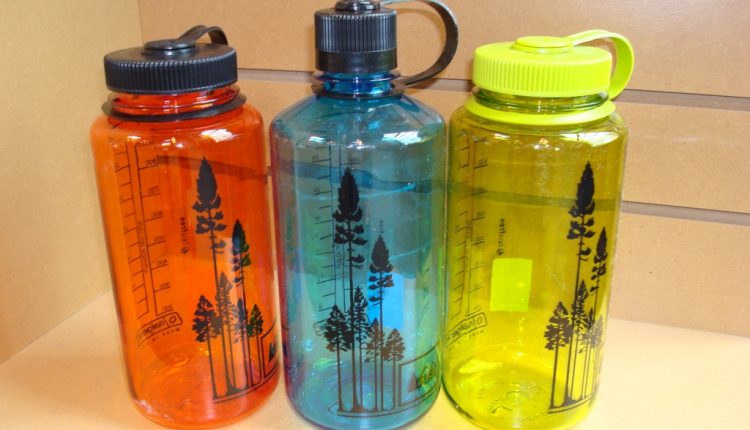
Purchasing bottled water in Israel can add up, and there’s no reason to pay for it. Tap water in Israel is of the highest quality that can be found worldwide, so just fill up your bottle whenever you’re thirsty.
9. Buy from the Shuk:
Image Source: upload.wikimedia.org
Like other Middle Eastern countries, the best deals are to be found at the local marketplace. If you’re studying in Jerusalem, then a great place to do your shopping is in the Mahane Yehudah market, where all the local Israelis find the city’s best bargains.
10. Circumvent ATM Fees:
Image Source: upload.wikimedia.org
Most students studying abroad get access to their funds by withdrawing cash from Israeli ATMs. Don’t use ATMs that charge high withdrawal fees, so avoid using ones not connected to a recognized bank.
11. Work Part-Time:
Image Source: upload.wikimedia.org
There are plenty of opportunities in Israel for English speakers to work part-time. If you’re having trouble saving money, why not earn a few extra shekels on the side?
Travelling to Israel is exciting for anyone. If you’re fortunate enough to have a trip planned for some time in the future you will want to plan things out so that you don’t end up spending any more money than you have to. Whether you’re going through the whole country or just visiting Tel Aviv or Jerusalem, these tips ought to help you keep a little more in your wallet so you can enjoy your trip longer. Safe travels!
Read Also:













